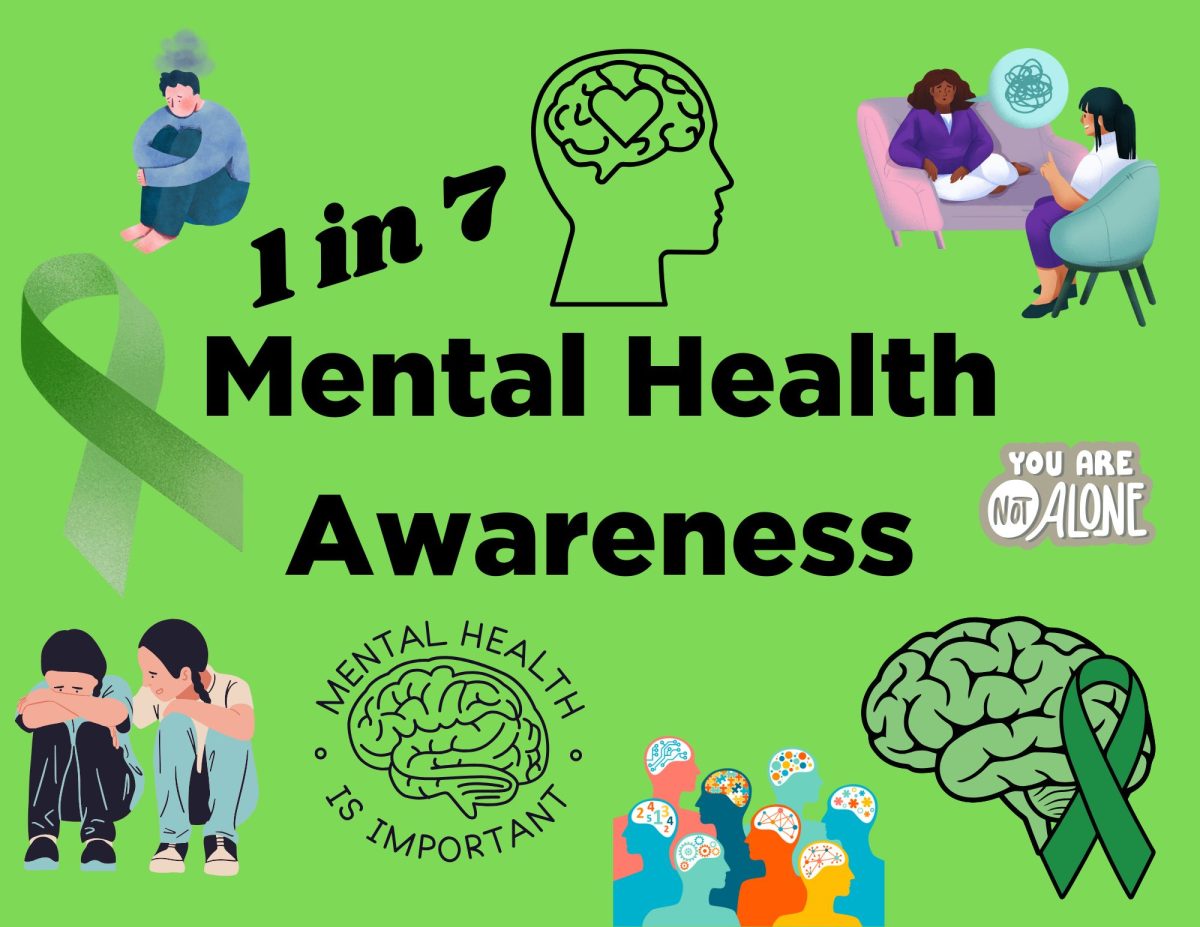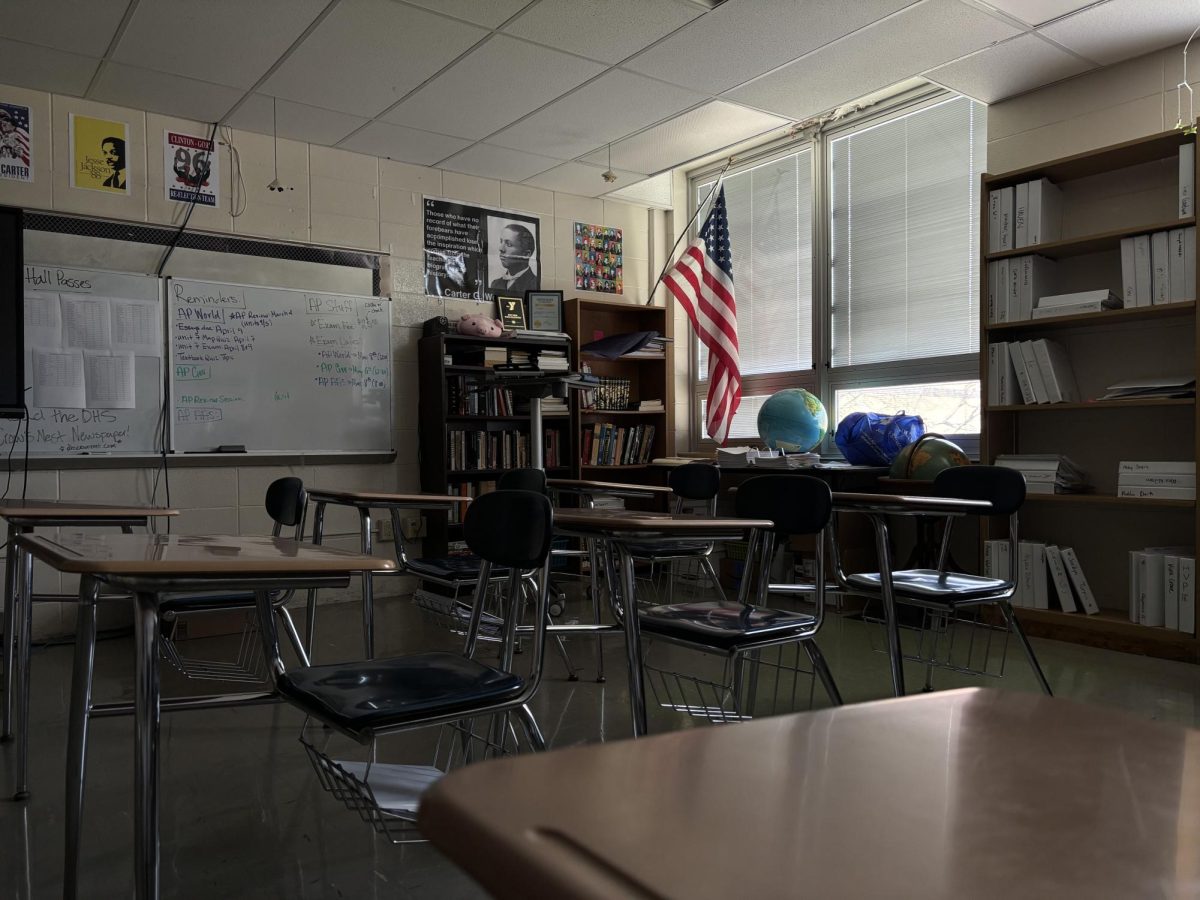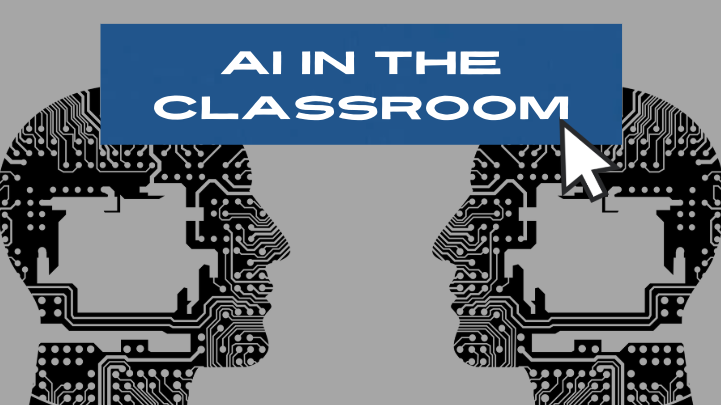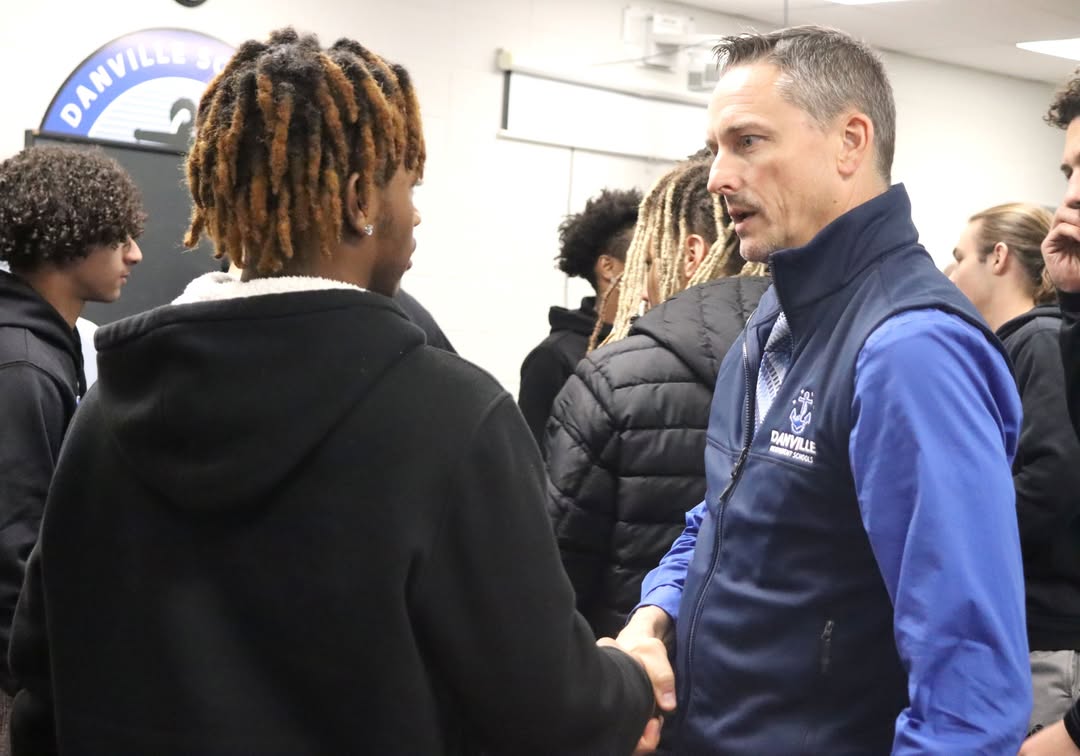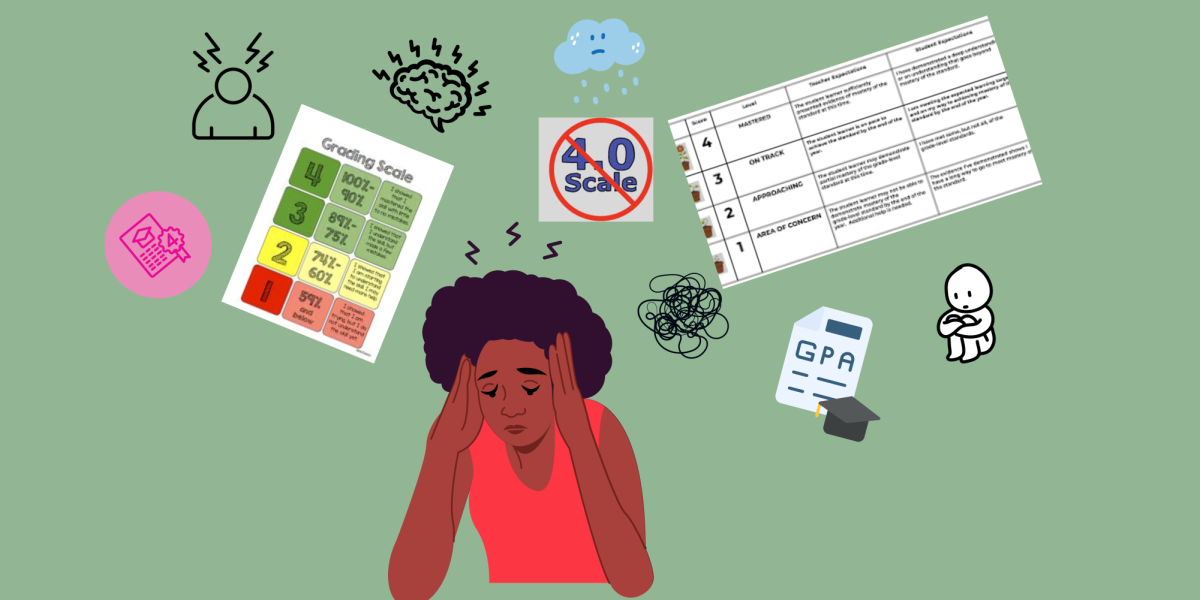It’s no secret that artificial intelligence is becoming a part of many people’s everyday lives, but at what cost? AI has many time-saving benefits that can boost productivity, as you would expect from a database with unlimited information. However, the overuse of AI in high school and middle schools is getting out of hand. As of recently, the popularity of letting AI do 100 percent of an assignment has grown. While AI does offer convenience and efficiency, its growing usage in classrooms comes with serious downsides, where attention must be brought.
Lack of Skill Development
AI tools such as ChatGPT and automated essay generators are making it easier for students to complete assignments without any mental engagement or processing the information being taught. AI-powered programs can instantly complete tasks that once required effort and thought from students. Yes, it’s true that these programs are time-savers, but they also undermine the purpose of education— which is to become an independent thinker and solve problems on your own
Danville High School English teacher, Kellsie Convington, explained, “This year I’ve seen — what I assume to be directly AI — in 5 to 10 percent of my student’s work. Last year, I would say more like 80.” She further added, “The issue is that when students are still learning how to write, they haven’t really developed the skills to be able to edit AI writing into their own. So instead of it becoming something that can save some time, it turns into students completely replacing writing on their own.”
The Loss of Academic Integrity
The rise of artificial intelligence in education presents a serious challenge to academic integrity. It makes the ability to cheat on assignments extremely easy, and there is very little a single teacher can do to recognize or stop it. This creates a very large threat of eroding the trust between students and teachers. The principle of education is reliant on the students’ efforts to learn, while a teacher’s role is to guide and evaluate the learning. AI can enable widespread dishonesty, creating skepticism for teachers, and forcing them to question the genuineness of all students’ work. Even when just a few students participate in this, the rest of the students have to face the consequences.
Environmental Consequences
When talking about the dark side of artificial intelligence, negative consequences on the environment come to mind. The world that the students of today are going to inherit is already not ideal, but AI is beginning to jeopardize it further. AI headquarters and data centers consume vast amounts of water to cool the powerful servers that run in these complex machines. As AI technologies continue to expand, the demand for water increases, raising concerns about sustainability, especially in regions already facing water scarcity.
Additionally, AI requires massive computational power, which contributes to a significant amount of energy consumption and carbon emissions. Training large AI models involves using vast amounts of electricity, often sourced from fossil fuels, leading to environmental degradation.
For instance, the carbon footprint of training a single highly-advanced AI model can be equivalent to the lifetime emissions of multiple cars (Us World Forum ). As AI use continues to grow, the demand for large data centers—which are already responsible for about 2 to 3 percent of total global energy use (UN Environment Programme)—continues to rise, heavily straining environmental resources.
There are ongoing efforts to reduce AI’s environmental footprint, with ideas such as renewable energy use in data centers, however, these efforts have not been very effective as of recent.
Benefits From AI
Artificial intelligence can offer numerous advantages that can enhance various aspects of life, especially in education. There are numerous programs that can personalize learning by adapting to an individual’s specific needs. AI-powered tutoring programs and educational apps offer step-by-step solutions and explain difficult concepts, which can help students with work they are struggling with. An increase of productivity can be found by AI helping students stay organized and manage time effectively. Furthermore, AI can automate tasks like note-taking and research, allowing students to focus on applying and understanding what they are learning. When used responsibly, artificial intelligence can be a powerful resource for students, arguably making learning more efficient and accessible.
Conclusion
AI is undeniably a powerful tool with the potential to reshape education. However, if not used honorably, AI can heavily hinder learning and encourage dishonesty, not just only for individual students, but for the entire classroom.
It is crucial to be mindful of the effects of using AI-powered tools, especially when they provide easy access to vast amounts of information. Effects in your learning and of your environmental state are at risk when overusing these resources. It’s important to remember the purpose of schooling and education in the first place. Education is not simply about finding the fastest way to an answer; it’s about why something is the answer. These traits are not something that an advanced program can ever replace.
It is essential for educators, students, and policymakers to work together to establish guidelines to promote responsible AI use, ensuring it enhances education without compromising skill development, integrity or sustainability.




